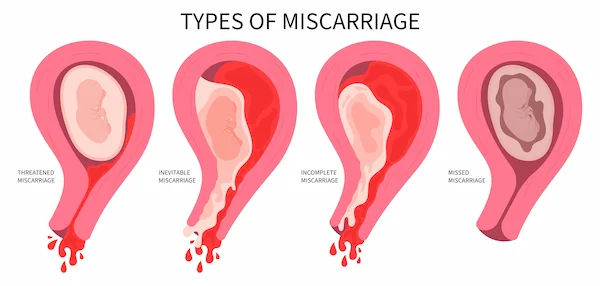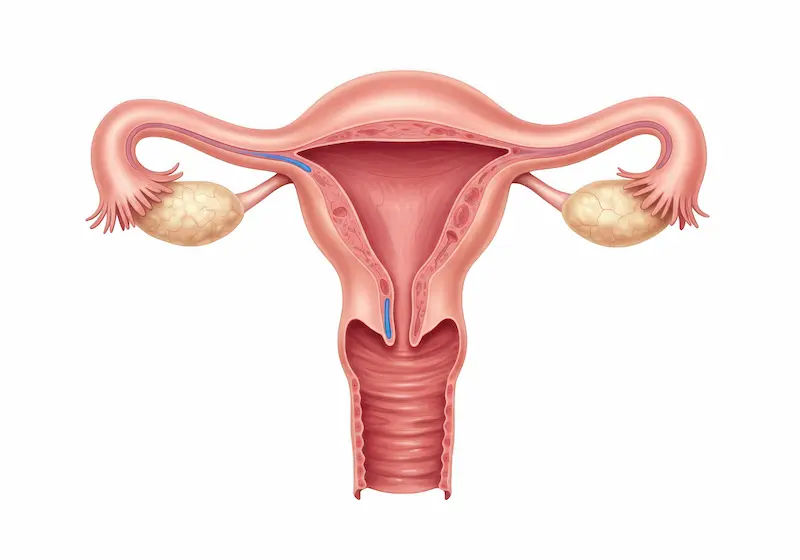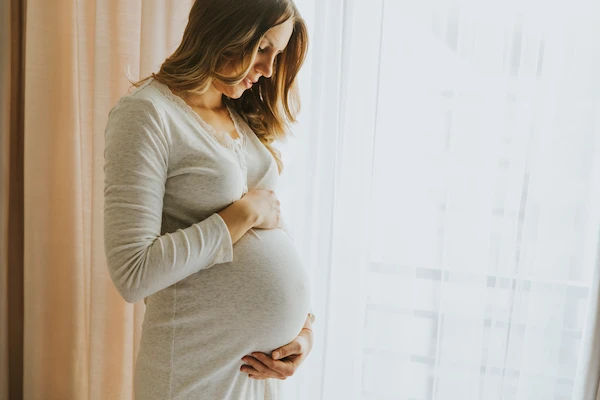- Female
- 34 Years
- 29/01/2025
I had my HSG test on the 6th of August, and thankfully, the results were normal. My gynecologist suggested that I try to conceive naturally this cycle, but if it doesn't happen, then we should consider doing a follicular study next cycle. I'm wondering if there's a good chance I could conceive this cycle. Right now, I'm on day 9, and in my previous ovulatory follicular study cycles, I've typically ovulated on day 12 or 13. So I'm a bit unsure about when my husband and I should try. Would meeting on day 11, 12, or 13 be ideal?
Answered by 1 Apollo Doctors
Day 10 to 15 of your cycle would help in your concern
Dr. Mubarak Suggests...
Consult a Obstetrician and Gynaecologist
Answered 04/07/2025
0
0

More Obstetrics & Gynaecology Health Queries
View allI'm feeling a bit concerned because I've been having this dull pain under my left armpit that seems to connect to my breast, along with some pain in the upper back on the same side. This all starts happening about 10 days before my period. I actually made a note of it because it's been pretty consistent. Around a year and a half ago, I also experienced stabbing pain in my left breast along with back pain. I had mammograms done at two different hospitals back then and they said everything looked fine. They suggested I take Vitamin E tablets, which I did for a while, but even after stopping them a year ago, I'm still having these issues. Could it be related to my cycle, or should I be worried about something else?
Table sigmoflam two times a day or as required after food. if Their is any swelling or node under armpit, so consult a general surgeon.
read more![Doctor 1]()
![Doctor 2]()
Answered by 1 Apollo Doctors
I recently had an HSG test done before my period, and the results showed that my tubes are blocked. However, some gynecologists told me that this report might not be valid because the test should be done after my period. Could you help me understand when's the right time to have an HSG test and if my results can be trusted?
consult gynecologist
read more![Doctor 1]()
![Doctor 2]()
Answered by 1 Apollo Doctors
How do I get rid of fibroids without surgery?
MRI guided Focused ultra sound is a non invasive treatment for Uterine fibroids.
read more![Doctor 1]()
![Doctor 2]()
Answered by 1 Apollo Doctors
Disclaimer: Answers on Apollo 247 are not intended to replace your doctor advice. Always seek help of a professional doctor in case of an medical emergency or ailment.





